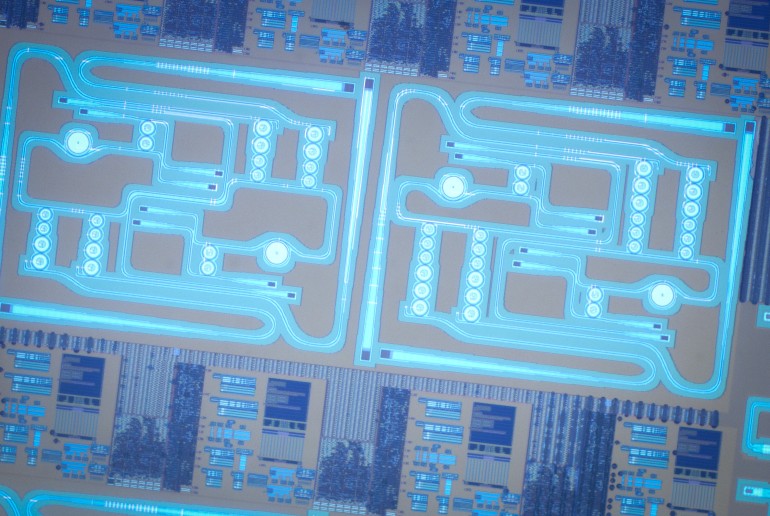The First Quantum Chip Mass-Produced in Silicon
Quantum chips are usually built in highly specialized labs, one painstaking layer at a time—fragile, expensive, and nearly impossible to reproduce at scale. But a team at Northwestern University just changed the game.
They’ve created the first quantum chip that combines both light (photonic) and electricity (electronic) on a single platform—and had it manufactured in a commercial silicon foundry. That means it was built using the same industrial processes used to make chips for phones, data centers, and everyday electronics.
This might be the clearest sign yet that quantum computing is moving from the lab bench to the production floor.
Why This Matters
Quantum computers have long promised to solve problems too complex for even the best supercomputers. But building them has required a trade-off: you either get the speed of light-based (photonic) quantum systems or the compatibility of electron-based (electronic) systems—not both.
This new chip blends the two. It can process quantum information using entangled photons while also handling signals using regular old electronics. That’s like having a supercomputer that speaks both ancient Greek and fluent English—instantly translating between them without losing meaning or speed.
From Cleanroom to Foundry
The real breakthrough, though, is where it was made. “This is the first demonstration of a foundry-fabricated quantum photonic chip in a standard process,” said Noah Harris, co-lead author of the study. That means it wasn’t hand-crafted in a lab—it was manufactured at scale in a commercial silicon photonics foundry, the same kind used to make chips for data centers and telecom gear.

The team even worked with foundry engineers to develop a custom detector compatible with entangled photons—a critical feature for quantum applications.
So, What Can It Do?
While this chip doesn’t yet replace your laptop’s CPU, it’s a powerful prototype. It can:
-
Generate entangled photons, a building block of quantum information
-
Process those photons using reconfigurable optical circuits
-
Detect quantum signals using built-in superconducting detectors
All on a chip smaller than a penny.
Why It’s a Big Deal
This is the kind of technology that could lead to room-temperature quantum computers, smaller and more stable than today’s fridge-sized systems. And since it was made using commercial tools, it can be mass-produced, paving the way for more accessible quantum devices—whether in AI research, cybersecurity, or drug development.
For now, it’s a prototype. But it’s one that bridges two worlds—light and electricity, lab and factory, theory and scalability.
And that’s what makes it feel like the future just showed up in silicon.

